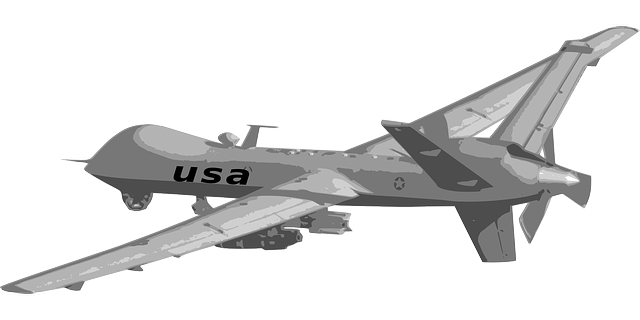Speak of drones and the first thing that comes to mind is the war on terror, but these drones are donning the new mantle of saviors now. Just last year, a car crash victim was saved by air ambulance drones. The conventional medical air transport vehicles found it impossible to reach the crash site, which had occurred in a remote area in Saskatchewan, Canada. The drone had located the patient through heat sensing technology in the freezing night and saved the victim from a certain death. This was perhaps the first ever documented unmanned air rescue for a medical necessity.
Medical Air Transport through Drones Elsewhere in the World
Urban Aeronautics is a startup Israeli company that has been working on unmanned medical air transport vehicles. They have named the air ambulance drone “AirMule.” The medical air transport vehicle is highly agile and can penetrate through tough urban conditions. The first prototype is already out and measures 20 feet in length and 6 feet in width. It is known to possess the agility of a helicopter. It can fly carrying 880 pounds of weight at a speed of 140 miles per hour. The unmanned air medical transport carrier was developed at a cost of $2.5 million. The company plans to release its first medical air transport drone by the year 2020. Once ready, the air ambulance drone would be helpful in rescuing patients in disaster stricken areas.
Is Congress Pushing for Air Ambulance Drones in Civilian Airspace?
The United States Congress has already issued the FAA a deadline of 2015 to facilitate drone use in civilian airspace. This will certainly open new doors for commercializing drones in a productive ways. We can only hope that the government bodies encourage the development of drones in the medical air transport realm, making the whole world a more accessible place during medical emergencies. This will also help save the lives of medical air transport crews, who are often compelled to work in emergencies caring little for their own wellbeing. The air ambulance drones could also prove valuable in providing medical care to our soldiers posted in highly volatile regions around the world.


